Itinerary edited by the UNIVERSITY OF CHIETI-PESCARA 
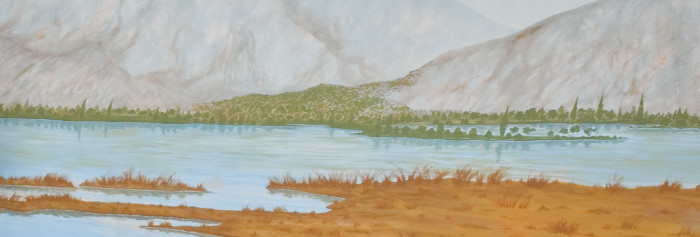
The exhibition retraces the main stages through which Man settled and developed in the territory of the Abruzzo region, through the construction of a listing that defines the biological and cultural traces of Man’s presence. Indeed, thanks to its morphological characteristics, the Abruzzo region has hosted Man since the Lower Palaeolithic era. During this long period of time, Man was not only a spectator of the climate and environmental changes that without doubt affected the struggle for survival, but also responsible through their own actions for the transformation and the ‘construction’ of the landscape.
Our story unfolds through five significant moments in history, each of which was characterised by specific and significant materials, and by the distinctive palaeobiological structure of individual populations. Each of these populations was part of a socio-cultural, historical and landscape context that was well characterised and has become known through archaeological and anthropological documentation.
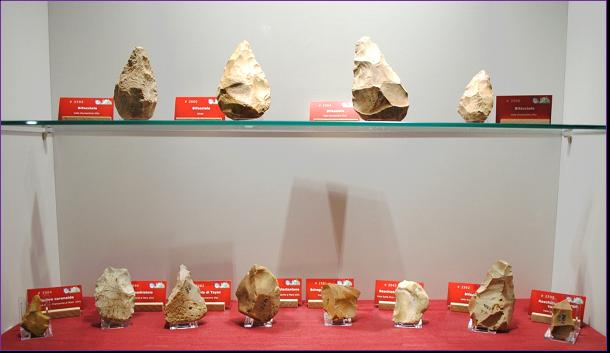
 The signs of stone-working: the first traces of a human presence
The signs of stone-working: the first traces of a human presenceSmall abandoned stone objects, torrential rains and rivers: these are the clues that are available for us to follow the earliest traces of the presence of our ancestors. Scholars and amateur prehistorians have identified the ancient settlements in our region, thus creating an actual map of those places that were preferred by Man, such as the fluvial terraces near the Alento and Foro Rivers, but also the Giumentina Valley, Passo Lanciano, and Campo Imperatore. A collection of about 1,400 objects that are mostly made of flint is currently the largest group of prehistoric tools from our territory. The dating is very variable; indeed, next to some very ancient artefacts that arose from the archaic Acheulian culture (about 500,000 years ago), there are also numerous artefacts dating back to the Clactonian and Proto-Levalloisian cultures (350,000 years ago).
 The treasure of the lake: once there was Man... the Cro-Magnonians of Fucino
The treasure of the lake: once there was Man... the Cro-Magnonians of FucinoThe Abruzzo territory has one of the rarest populations of human fossils that are known in Italy, which are representative of the ancient ethnic group known as the Cro-Magnonians. These include five individuals of various ages and of both sexes, whose fossils were found during the 1960s in some coastal caves of the ancient lake of Fucino. This population sample has been dated to around 14,500 years from today, and it is perfectly documented from the anthropological point of view. As well as containing the original fossils, this first section also illustrates the way of life of the community of Cro-Magnonians of Fucino, and their relationships with the landscape. The prehistoric peoples of Abruzzo favoured the lake environment, which offered not only a large amount of food to be hunted for their survival, but also a number of natural shelters where they could settle (e.g., ‘Maritza’, ‘La Punta’ and ‘Ortucchio’ Caves).

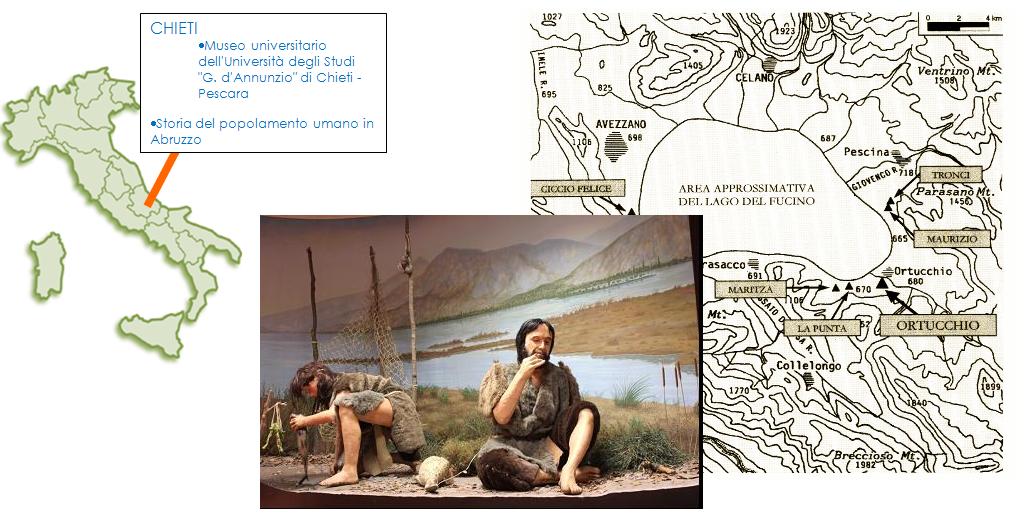
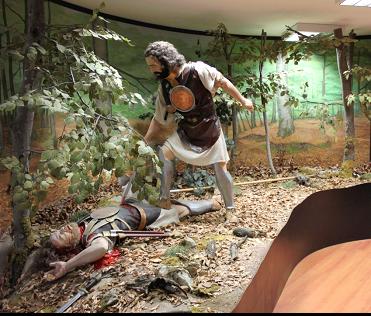
 The Warrior of Opi
The Warrior of Opi In the various pre-Roman phases, the indigenous population of Abruzzo was characterised by wide human bio-diversity. The inland areas of the region were characterised by great biological stability, with human groups that were genetically closed, which are illustrated by the populations of Opi Val Fondillo, Bazzano and Fossa. These communities, which were very different in lifestyle and environment, have been well described from the palaeobiological point of view: they were mostly agricultural and lived in a mountain area, with a strategic position that also offered plenty of flat areas to use for cultivation. The necropolis of Opi and Bazzano changed the surrounding landscape, albeit not drastically, with the building of tombs with the emplacement of large stone blocks to form circular structures. The people were buried within these, without distinction of gender or age, although they probably all belonged to the same household.
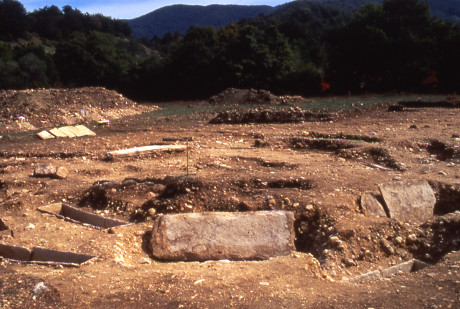
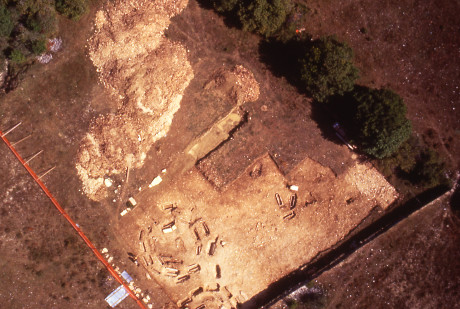
 Romanisation: the stone quarry of Sulmona
Romanisation: the stone quarry of Sulmona

The local communities were mostly isolated, and their contact with the Roman people was mainly cultural, rather than genetic. Nevertheless, the lifestyle of some communities changed radically, and we have evidence of places where after having been subjugated after the Samnite wars, the local people suffered the effects of Romanisation, even at the biological level. The most striking example is that of the population of Sulmona Fonte d’ Amore, of which all of the data available and a selection of significant bone finds are displayed. Sulmona is a fertile area at the foot of Mounts Majella and Morrone, near where there was a clay quarry that was used for the production of building materials, and more.
 The Middle Ages
The Middle AgesSubsequent archaeological evidence testifies to the lifestyle that was prevalent among urban populations or in the anthropogenic context (Teramo in the hills, and L'Aquila, Casentino and Borrello in the mountains), with growth focussed in strategic environmental and military positions, as was customary for the medieval topography.